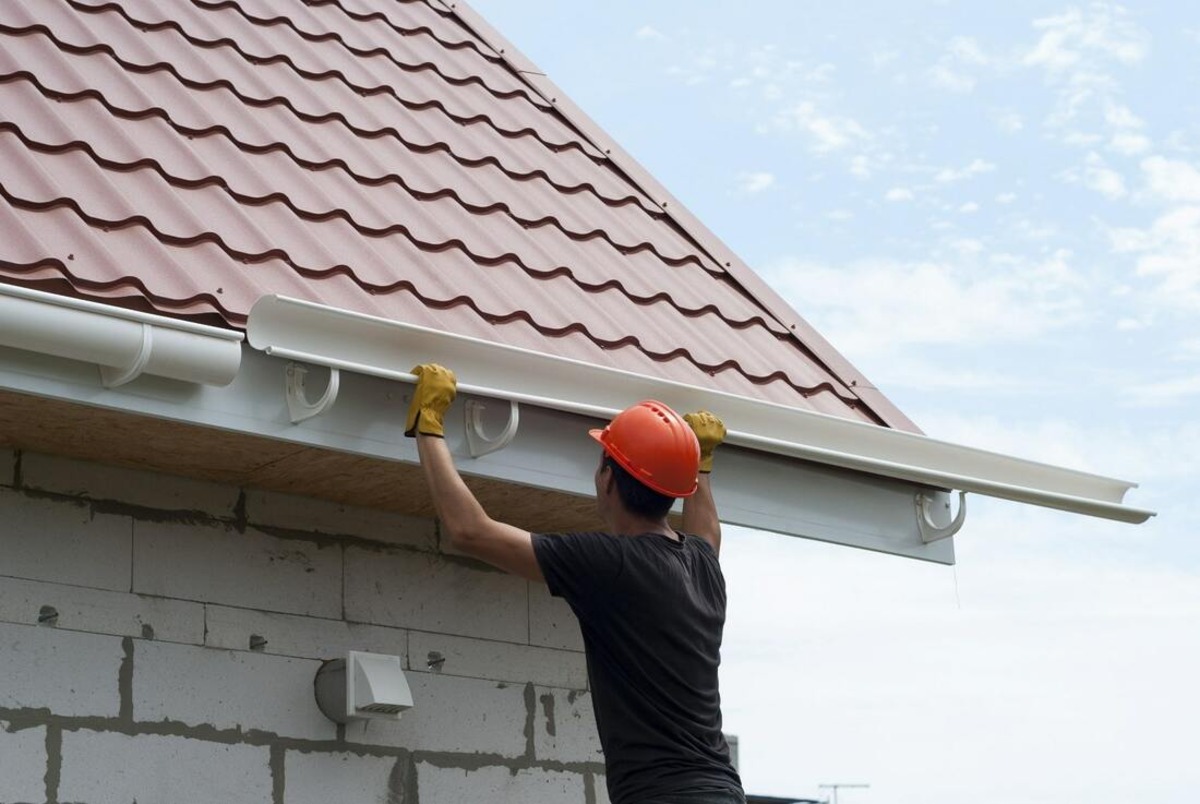

Articles
How Are Gutters Attached To House
Modified: February 2, 2024
Discover the different ways gutters are attached to your house with our informative articles. Find the best method for your home's needs.
(Many of the links in this article redirect to a specific reviewed product. Your purchase of these products through affiliate links helps to generate commission for Storables.com, at no extra cost. Learn more)
Introduction
Gutters play a vital role in protecting your home from water damage by redirecting rainwater away from the foundation. However, gutters are only effective if they are properly attached to your house. The method of attaching gutters to your house not only ensures their stability but also determines their longevity and functionality.
In this article, we will explore the different types of gutter attachments and the factors to consider when choosing the right attachment method for your home. Understanding how gutters are attached to a house will not only help you make informed decisions during installation or replacement but also enable you to maintain the gutters effectively.
So, let’s dive into the various gutter attachment options available and find out which one suits your needs the best.
Key Takeaways:
- Choose the right gutter attachment method based on your roof type, climate, gutter material, and budget to ensure long-lasting functionality and protection for your home.
- Prioritize accessibility and maintenance considerations when selecting a gutter attachment method to make cleaning, inspection, and repairs more convenient and efficient.
Read more: How To Attach Gutters Together
Types of Gutter Attachments
When it comes to attaching gutters to your house, there are several methods to choose from. Each method has its own set of advantages and considerations. Let’s take a closer look at some of the most common types of gutter attachments:
- Spike and Ferrule: This is one of the oldest and most traditional methods of attaching gutters. It involves driving a spike through the front of the gutter into a ferrule, which is a long, tubular piece that runs through the gutter and into the fascia board. While this method is relatively simple and inexpensive, it may not provide the most secure fastening and can loosen over time.
- Hidden Hangers: Hidden hangers are a popular choice as they provide a cleaner aesthetic look. These hangers are typically installed inside the gutter and attached to the fascia board with screws or nails. The gutter then slides onto the hanger, providing a secure and hidden attachment. Hidden hangers are known for their strength and durability.
- Strap Hangers: Strap hangers are similar to hidden hangers in terms of functionality but differ in their design. Instead of a single bracket, strap hangers have metal straps that wrap around the gutter and are attached to the fascia board. This method offers excellent support and stability, especially for heavy gutters.
- Fascia Brackets: Fascia brackets are specifically designed for gutters that are directly mounted to the fascia board. They are typically made of sturdy metal and provide exceptional strength and durability. Fascia brackets often have a curved or L-shaped design that helps support the weight of the gutter while keeping it securely in place.
- Tilt Brackets: Tilt brackets are commonly used for attaching gutters to angled fascia boards or to the roof slope itself. They have a built-in tilt feature that allows the gutter to be positioned at the correct angle for proper water flow. Tilt brackets provide a secure attachment while ensuring optimal drainage.
- Roof Mounts: In some cases, gutters may be attached directly to the roof rather than the fascia board. Roof mounts are typically used when the fascia board is not strong enough or when the roof has a unique design. Roof mounts are bolted onto the roof surface and provide a strong and stable attachment for the gutter system.
These are just a few examples of the different types of gutter attachments available. The right choice for your home will depend on factors such as the roof type, climate conditions, gutter material, and your budget. Let’s explore these factors in more detail to help you make an informed decision.
Spike and Ferrule
The spike and ferrule method is one of the oldest and most traditional ways to attach gutters to a house. It involves driving a spike or nail through the front of the gutter and into a ferrule, which is a long, tubular piece that runs through the gutter and into the fascia board.
This attachment method is relatively simple and cost-effective, making it a popular choice for DIY installations. However, there are a few considerations to keep in mind when using spike and ferrule attachment:
- Strength and Stability: While the spike and ferrule method can provide sufficient support for lightweight gutters in moderate weather conditions, it may not be as strong or stable as other attachment options. Over time, the spikes can loosen or pull out, especially if exposed to heavy rainfall or strong winds.
- Maintenance: Regular maintenance is crucial for gutters attached with spikes and ferrules. It is essential to inspect the spikes periodically and tighten them if they become loose. Additionally, debris accumulation in the gutter can put extra strain on the attachment and may cause the spikes to loosen. Proper gutter cleaning is necessary to maintain the stability of the gutter system.
- Fascia Board Condition: The condition of the fascia board plays a significant role in the effectiveness of the spike and ferrule attachment method. If the fascia board is deteriorated or weak, it may not provide adequate support for the spikes, leading to instability and potential damage to the gutters.
While the spike and ferrule method can be a viable option for some homeowners, it may not be suitable for all situations. It is essential to consider the climate and weather conditions in your area, as well as the weight of the gutters and the condition of the fascia board.
If you choose to use the spike and ferrule attachment method, it is recommended to consult with a professional gutter installer to ensure proper installation and long-term stability. They can provide expert guidance on the correct placement and spacing of the spikes to maximize the strength and durability of the gutter system.
Overall, while the spike and ferrule method can be an economical choice, it is important to weigh the potential risks and maintenance requirements associated with this attachment method. Considering other options such as hidden hangers or strap hangers may provide a more secure and long-lasting attachment for your gutters.
Hidden Hangers
Hidden hangers are a popular choice for attaching gutters to a house due to their clean and aesthetically pleasing appearance. These hangers are designed to be installed inside the gutter and attached to the fascia board using screws or nails. The gutter then slides onto the hangers, providing a secure and hidden attachment.
There are several advantages to using hidden hangers for gutter attachment:
- Strength and Durability: Hidden hangers are known for their excellent strength and durability. They provide reliable support for the gutters, even in harsh weather conditions. The hidden design of the hangers also minimizes the risk of damage caused by external elements or accidental impact.
- Aesthetic Appeal: The hidden hanger system offers a sleek and clean appearance for your gutter system. Since the hangers are not visible from the ground, they do not disrupt the overall visual appeal of your home’s exterior. This makes hidden hangers an ideal choice if you prioritize a seamless and polished look.
- Ease of Maintenance: Hidden hangers make gutter maintenance easier compared to other attachment methods. With the gutter easily sliding on and off the hangers, you can clean the gutter system or make necessary repairs with greater convenience. This can save you time and effort in maintaining the gutters.
- Adaptability: Hidden hangers can accommodate different gutter sizes and materials, making them a versatile option for various gutter systems. Whether you have aluminum, steel, or vinyl gutters, hidden hangers can securely hold them in place.
Despite their many benefits, there are a few considerations to keep in mind when using hidden hangers for gutter attachment:
- Installation: Proper installation is essential to ensure the reliability and effectiveness of hidden hangers. It is important to follow the manufacturer’s guidelines and use appropriate screws or nails for the attachment. If you are unsure about the installation process, it is recommended to seek professional help to ensure correct placement and secure fastening.
- Cost: Hidden hangers may be slightly more expensive than other attachment methods, primarily due to the additional hardware required. However, the long-term benefits and aesthetic appeal they offer often justify the initial investment.
Overall, hidden hangers provide a secure and visually appealing attachment option for your gutters. They offer strength, durability, and ease of maintenance, making them a popular choice among homeowners. When considering hidden hangers, consult with a professional to ensure proper installation and explore the various options available to suit your specific gutter system.
Strap Hangers
Strap hangers are another common method used for attaching gutters to a house. These hangers provide exceptional support and stability for gutter systems, particularly for heavier gutters or in areas that experience high wind conditions.
Here are some key points to consider about strap hangers:
- Design and Functionality: Strap hangers consist of metal straps that wrap around the gutter and attach to the fascia board. The wrap-around design provides a secure and robust attachment, distributing the weight of the gutter along the length of the strap. This design allows for better load-bearing capacity and reduces stress on the attachment points.
- Strength and Stability: Strap hangers are known for their strength and stability, making them an excellent choice for areas prone to heavy rainfall, strong winds, or snow accumulation. The secure attachment provided by strap hangers helps prevent gutter sagging or pulling away from the house, ensuring the gutter system remains intact.
- Compatibility and Adjustability: Strap hangers are compatible with various gutter sizes and materials, making them a versatile option. They can be adjusted to fit various fascia board widths and can be positioned at the desired height for optimal gutter alignment. This adaptability makes strap hangers suitable for a wide range of gutter systems.
- Installation: Installing strap hangers requires careful consideration of spacing and placement to ensure proper support. It is important to follow manufacturer guidelines and spacing recommendations for the specific gutter type and weight. Professional installation is recommended for precise placement, especially if you are unsure about the correct spacing or if the gutter system is complex.
- Maintenance: Like any gutter attachment method, regular maintenance is necessary for strap hangers. Cleaning the gutters and removing debris is essential to maintain optimal water flow and prevent blockages. It is also beneficial to periodically inspect the strap hangers for any signs of loosening, wear, or damage and make adjustments or replacements as needed.
Strap hangers offer a reliable and sturdy attachment option for gutters, particularly in areas with challenging weather conditions. Their strength, adjustability, and compatibility make them a popular choice among homeowners and gutter professionals. Ensure that you follow proper installation and maintenance practices to maximize the effectiveness and longevity of your gutter system when using strap hangers.
Read more: How To Put Up Gutters On A House
Fascia Brackets
Fascia brackets are a specialized type of gutter attachment method designed for gutters that are directly mounted to the fascia board. These brackets are typically made of sturdy metal and offer exceptional strength and durability.
Here are some important factors to consider regarding fascia brackets:
- Support and Stability: Fascia brackets provide reliable support and stability for the gutter system. They are specifically designed to handle the weight of the gutters and ensure they remain securely attached to the fascia board. The curve or L-shape design of the brackets helps distribute the weight evenly, minimizing the risk of sagging or detachment.
- Compatibility: Fascia brackets are compatible with various gutter materials, such as aluminum, steel, or vinyl. They come in different sizes to accommodate different gutter widths. It is important to choose the correct-sized brackets to ensure a snug and secure fit for optimal performance.
- Fascia Board Condition: The condition of the fascia board is crucial for the effectiveness of fascia brackets. The fascia board needs to be structurally sound and capable of supporting the weight of the gutters and brackets. Any signs of rot, decay, or damage should be addressed before installing the brackets to prevent further issues.
- Installation: Installing fascia brackets requires precision and proper spacing to ensure the best results. It is important to follow the manufacturer’s guidelines for correct placement and secure attachment. Professional installation is recommended, especially if the fascia board requires repairs or if you are uncertain about the installation process.
- Maintenance: Regular maintenance is essential to keep the fascia brackets and gutters in optimal condition. Clearing debris from the gutters, inspecting the brackets for any signs of looseness or damage, and making necessary adjustments or repairs are important tasks to ensure the longevity and functionality of the gutter system.
Fascia brackets provide a robust and secure attachment option for gutters directly mounted to the fascia board. Their strength, compatibility, and stability make them a popular choice, particularly when the fascia board can adequately support the weight of the gutters. Ensure proper installation and ongoing maintenance to maximize the performance and lifespan of your gutter system when using fascia brackets.
Tilt Brackets
Tilt brackets are a specialized type of gutter attachment method that is particularly useful for gutters installed on angled fascia boards or on the slope of the roof itself. These brackets have a built-in tilt feature that allows the gutter to be positioned at the correct angle for proper water flow and drainage.
Consider the following factors when using tilt brackets:
- Optimal Drainage: Tilt brackets ensure that the gutter is positioned at the correct angle to facilitate water flow towards the downspouts. This helps prevent water pooling, clogging, and potential damage to the gutter system. Proper drainage is essential for the effective functioning of the gutters and to protect your home’s foundation.
- Roof Compatibility: Tilt brackets are designed to accommodate different roof slopes and angles. They can be adjusted to align the gutter parallel to the roofline to ensure a seamless and aesthetically pleasing appearance. The flexibility of tilt brackets makes them suitable for various roof types and architectural designs.
- Strength and Stability: Tilt brackets provide secure attachment and stability for the gutter system. They are designed to withstand the weight of the gutters and ensure that they remain securely in place, even during inclement weather. This helps prevent sagging, detachment, and damage to the gutter system.
- Installation: Proper installation of tilt brackets is crucial to ensure optimal functionality. It is important to carefully follow the manufacturer’s instructions and recommendations for correct placement and secure attachment. Professional installation may be necessary, especially if you are unsure about the specific requirements for your roof angle or slope.
- Maintenance: As with any gutter attachment method, regular maintenance is essential for gutters attached with tilt brackets. Clearing away debris, inspecting the brackets for any signs of looseness or damage, and making necessary adjustments or repairs are important tasks to ensure the longevity and effectiveness of the gutter system.
Tilt brackets offer a convenient and effective solution for attaching gutters to angled fascia boards or roofs. Their ability to provide proper drainage, roof compatibility, and stability make them a practical choice in situations where a standard horizontal gutter installation is not feasible. Proper installation and maintenance of tilt brackets will help ensure the optimal performance of your gutter system and protect your home from water damage.
Roof Mounts
Roof mounts are a specialized type of gutter attachment method used when the gutters need to be directly mounted to the roof surface instead of the fascia board. This method is typically employed when the fascia board is not strong enough or when the roof design requires a different installation approach.
Consider the following points when using roof mounts:
- Strong and Secure Attachment: Roof mounts provide a strong and secure attachment for the gutter system. They are typically bolted directly onto the roof surface, ensuring that the gutters remain stable and firmly in place. This attachment method is particularly useful in areas with high winds, heavy rainfall, or snow loads.
- Roof Compatibility: Roof mounts can be designed to accommodate different types of roofs, including sloped roofs or roofs with unique designs. The mounts are positioned and secured based on the specific roof structure, ensuring proper alignment and functionality of the gutter system.
- Professional Installation: Installing roof mounts requires expertise and knowledge of roof structures and materials. It is recommended to seek professional help for the installation process, as incorrect installation can lead to roof damage or compromised gutter performance. Professionals can ensure that the roof mounts are correctly positioned and securely attached to avoid any potential issues.
- Maintenance: Regular maintenance is essential for gutters attached with roof mounts. Clearing debris, inspecting the mounts for any signs of damage, and making necessary adjustments or repairs are important tasks to ensure the longevity and functionality of the gutter system. It is important to be cautious when performing maintenance to avoid damaging the roof surface.
Roof mounts provide a reliable solution for attaching gutters directly to the roof surface. Their strength, secure attachment, and compatibility with various roof types make them a suitable choice for specific situations. It is crucial to consult with professionals for proper installation and to adhere to regular maintenance practices to ensure the optimal performance of your gutter system.
Gutters are typically attached to the house using hangers or brackets. These are secured to the fascia board or rafter tails, providing support for the gutter system. It’s important to ensure the gutters are properly installed to prevent water damage to the home.
Factors to Consider When Choosing Gutter Attachments
When it comes to choosing the right gutter attachment method for your home, there are several factors to consider. These factors will help ensure that the chosen attachment method is suitable for your specific requirements and will provide long-lasting performance. Let’s explore the key considerations:
- Roof Type and Pitch: The type and pitch of your roof play a significant role in determining the most appropriate gutter attachment method. Some attachment methods, such as tilt brackets or roof mounts, are specifically designed for sloped roofs, while others, like fascia brackets or hidden hangers, are more suitable for flat or low-pitched roofs. Understanding your roof’s characteristics will help you narrow down the options.
- Climate and Weather Conditions: Consider the climate and weather conditions in your area. If you live in an area that experiences heavy rainfall, strong winds, or snow, it is crucial to choose an attachment method that offers superior strength and stability, such as strap hangers or roof mounts. By selecting an attachment method suited to your climate, you can ensure that your gutter system can withstand the weather elements effectively.
- Material and Weight of Gutters: The material and weight of your gutters should be taken into account when choosing an attachment method. Heavier gutters, such as those made of steel or copper, may require stronger attachment options like strap hangers or fascia brackets. Lightweight gutters, such as vinyl or aluminum, may be suitable for hidden hangers or spike and ferrule attachments. Understanding the weight and material of your gutters will help in selecting the appropriate attachment method.
- Cost and Budgetary Limitations: Consider your budgetary limitations when selecting a gutter attachment method. Some attachment methods, such as hidden hangers or fascia brackets, may be slightly more expensive than others. While cost is an important factor, it is crucial to balance it with the desired strength, durability, and aesthetics of the gutter system. Investing in a reliable and long-lasting attachment method can save you money in the long run by reducing the need for frequent repairs or replacements.
- Maintenance and Accessibility: Think about the maintenance requirements and accessibility of the chosen attachment method. Some attachment methods may require more frequent maintenance, such as tightening screws or nails, while others may offer easier access for gutter cleaning or repairs. Assess your willingness and ability to perform regular maintenance tasks to keep your gutter system in optimal condition.
Understanding these factors and considering them in conjunction with your specific needs and preferences will help you select the most appropriate gutter attachment method for your home. It is recommended to seek professional advice and guidance to ensure proper installation and to make an informed decision based on your unique circumstances.
Read more: How To Attach An Awning To A House
Roof Type and Pitch
When choosing a gutter attachment method, one of the crucial factors to consider is the type and pitch of your roof. The roof’s characteristics play a significant role in determining the most suitable attachment option for optimal performance and functionality of the gutter system.
Here are some key points to consider regarding roof type and pitch:
- Sloped Roofs: If your roof has a significant slope or pitch, it is essential to choose an attachment method that can accommodate this angle. Tilt brackets are specifically designed for sloped roofs, allowing the gutters to be positioned at the correct angle for efficient water flow and drainage. Tilt brackets help ensure that water does not accumulate in the gutters and that it flows towards the downspouts effectively.
- Flat or Low-Pitched Roofs: For flat or low-pitched roofs, attachment options such as fascia brackets or hidden hangers are commonly used. Fascia brackets provide a secure attachment between the gutters and the fascia board, which is typically present on the eaves of a roof. Hidden hangers, on the other hand, are discreetly installed inside the gutter and attached to the fascia board, providing a clean and aesthetically pleasing look.
- Roofing Materials: The type of roofing materials used on your roof can also influence the choice of gutter attachment method. Certain roofing materials, such as slate or tile, may require specialized attachment options to ensure compatibility and prevent damage to the roof. It is important to consult professionals or manufacturers’ guidelines to determine the appropriate attachment method for the specific roofing materials used.
Choosing the right attachment method based on your roof type and pitch is crucial for the proper functioning and longevity of your gutter system. Incorrect attachment can lead to issues such as improper water drainage, gutter sagging, or detachment from the roof, potentially causing damage to your home’s foundation or exterior.
It is recommended to consult with roofing and gutter professionals to assess your roof’s characteristics and determine the most suitable attachment method. Their expertise will ensure that the gutters are securely and correctly attached, taking into account the roof’s specific requirements and characteristics.
Climate and Weather Conditions
Considering the climate and weather conditions in your area is crucial when choosing a gutter attachment method. Different regions experience varying levels of rainfall, wind, snow, and extreme weather events, which can impact the performance and durability of your gutter system. Selecting an attachment method that can withstand your local climate will help ensure long-lasting functionality and protection for your home.
Here are some key factors to consider regarding climate and weather conditions:
- Heavy Rainfall: If you live in an area with frequent or heavy rain, you need an attachment method that can handle increased water volume and velocity. Options such as strap hangers or roof mounts provide added stability and strength, ensuring that the gutters remain securely attached and can effectively channel rainwater away from your home.
- Strong Winds: High wind zones require a gutter attachment method that can withstand gusts and maintain the integrity of the gutter system. Strap hangers, hidden hangers, or roof mounts are recommended options, as they provide robust support and help prevent gutter detachment or damage caused by strong winds.
- Snow and Ice Accumulation: If you experience snowy winters and ice buildup, it is crucial to choose an attachment method that can handle the additional weight and potential ice damming. Strong attachment options like strap hangers or fascia brackets, combined with regular maintenance to remove snow and ice, will help ensure that the gutters remain functional and prevent any structural damage caused by ice dams.
- Extreme Weather Events: Certain areas are prone to extreme weather events such as hurricanes, tornadoes, or severe storms. In such regions, it is essential to select a gutter attachment method that can withstand the impact and potential debris carried by these events. Seek guidance from local experts who are knowledgeable about the specific requirements for extreme weather zones.
By selecting a gutter attachment method that is suitable for your climate and weather conditions, you can ensure the longevity and effectiveness of your gutter system. It is recommended to consult with professionals who are familiar with the local climate and weather patterns to determine the best attachment method for your area. Their expertise will help you make an informed decision that maximizes the performance and durability of your gutter system.
Material and Weight of Gutters
When choosing a gutter attachment method, it is important to consider the material and weight of your gutters. Different gutter materials have varying levels of durability, strength, and weight, which impacts the choice of attachment method to ensure proper support and secure installation.
Here are some key points to consider regarding the material and weight of gutters:
- Gutter Materials: Gutters are available in various materials, including aluminum, steel, vinyl, and copper. Each material has its own advantages and considerations. Aluminum gutters are lightweight, resistant to rust, and easily customized. Steel gutters are strong and durable, making them suitable for high-impact areas. Vinyl gutters are low-cost, easy to install, and resistant to corrosion. Copper gutters offer a unique aesthetic appeal and durability with a patina finish over time. Consider the specific characteristics of the gutter material when choosing an attachment method.
- Weight Considerations: The weight of your gutters determines the attachment method’s load-bearing capacity and the stability of the gutter system. Heavier gutters, such as steel or copper, will require attachment options that can support their weight, such as strap hangers or fascia brackets. Lighter gutters like vinyl or aluminum may be suitable for hidden hangers or spike and ferrule attachment methods. Ensure that the chosen attachment method can effectively hold and support the weight of the gutters throughout their length.
Considering the material and weight of your gutters ensures that the chosen attachment method is compatible and can provide adequate support. Selecting an improper attachment method can lead to issues such as sagging gutters, detachment from the house, or structural damage to the gutter system.
Consult with professionals or manufacturers’ guidelines to determine the appropriate attachment method for the specific gutter material and weight. Their expertise will help ensure that the attachment method can effectively hold the gutters in place and provide long-lasting performance for your gutter system.
Cost and Budgetary LimitationsWhen choosing a gutter attachment method, it is important to consider your budgetary limitations. The cost of the attachment method can vary depending on the complexity of installation, materials used, and the overall durability and lifespan it offers. Understanding your budget and finding a balance between cost and performance will help you make an informed decision.
Here are some key points to consider regarding cost and budgetary limitations:
- Initial Cost: Different attachment methods have varying costs associated with them. For example, hidden hangers or fascia brackets may have a higher initial cost compared to spike and ferrule attachments. Understanding the budgetary constraints and the associated costs of each attachment method will allow you to make a decision based on your financial capacity.
- Long-Term Savings: While some attachment methods may have a higher upfront cost, they can provide long-term savings. Investing in a more durable and secure attachment method, such as hidden hangers or strap hangers, can reduce the need for frequent repairs or replacements, saving you money down the line. Consider the potential cost savings in terms of maintenance and longevity when making your decision.
- Performance and Durability: It is important to strike a balance between cost and the performance or durability of the gutter attachment method. A cheaper option may save you money initially but may not offer the same level of stability or longevity as a more expensive attachment method. Consider the overall value that the attachment method provides in terms of its durability and the potential for long-term benefits.
- Professional Installation: If you choose an attachment method that requires professional installation, such as roof mounts or complicated strap hangers, it is important to factor in the cost of professional services. While this may increase the initial cost, it ensures proper installation and peace of mind in knowing the system is correctly set up.
Considering your budget and balancing it with the performance and longevity of the gutter attachment method will help you make an informed decision. It is recommended to consult with professionals to get accurate cost estimates and understand the long-term implications of each attachment method. Their expertise will assist you in finding a suitable option that fits within your budgetary limitations.
Read more: How To Clean Gutters On 2 Story House
Maintenance and Accessibility
When selecting a gutter attachment method, it is important to consider the maintenance requirements and accessibility of the chosen method. Proper maintenance is essential to keep your gutter system in optimal condition and ensure its effective functioning. Additionally, easy accessibility to the gutters can make maintenance tasks more convenient and efficient.
Here are some key points to consider regarding maintenance and accessibility:
- Cleaning and Debris Removal: Regular gutter cleaning is necessary to prevent clogs and ensure proper water flow. Some attachment methods, such as hidden hangers or strap hangers, allow for easier removal of gutters for thorough cleaning. This accessibility simplifies the maintenance process and allows you to clear debris more effectively.
- Inspection and Repairs: Regular inspections help identify any issues with the gutter system and allow for timely repairs. Ensure that the chosen attachment method provides easy accessibility to inspect the attachment points and identify any signs of loosening or damage. This will help you address any issues promptly and prevent further damage to your gutters.
- Adjustments and Tightening: Over time, the gutters and attachment points may require adjustments or tightening to maintain their stability. Some attachment options, such as hidden hangers or spike and ferrule attachments, may be relatively easier to adjust or tighten compared to other methods. Consider the accessibility of the attachment points when assessing the ease of maintenance for your chosen attachment method.
- Safety Considerations: Accessibility for maintenance also involves safety considerations. Ensure that the chosen attachment method allows for safe access to the gutters. This can include considerations such as the need for a ladder, working at heights, or using appropriate safety equipment. Safety should always be a priority when performing maintenance tasks on your gutter system.
Considering the maintenance requirements and accessibility of the chosen attachment method will help make gutter maintenance tasks more convenient and efficient. It is important to factor in your comfort level and ability to perform these maintenance tasks when selecting an attachment method.
Consult with professionals or manufacturer’s guidelines to understand the specific maintenance requirements of each attachment method. Their expertise will help you ensure that the chosen attachment method aligns with your accessibility needs and ensures proper maintenance for the longevity and functionality of your gutter system.
Conclusion
Choosing the right gutter attachment method is essential for the proper functionality and longevity of your gutter system. Factors such as roof type and pitch, climate and weather conditions, material and weight of gutters, cost and budgetary limitations, and maintenance and accessibility should be carefully considered when making your decision.
Understanding your roof’s characteristics and selecting an attachment method that is suitable for its slope and design is crucial. Consider the climate and weather conditions in your area to ensure that the chosen attachment method can withstand heavy rain, strong winds, or snowfall. Additionally, factor in the material and weight of your gutters to select an attachment method that can provide adequate support.
While budget considerations are important, it is essential to balance cost with durability and performance. Cheaper attachment methods may be more cost-effective initially but may require more frequent repairs or replacements. Investing in a reliable attachment method can save you money in the long run and ensure the longevity of your gutter system.
Maintenance and accessibility are key considerations to keep your gutter system in optimal condition. Select an attachment method that allows for easy access for cleaning, inspection, and repairs. Regular maintenance, such as debris removal, adjustments, and tightening, is necessary to ensure the effective functioning of your gutters.
Consulting with professionals or manufacturers’ guidelines can provide valuable insights and guidance in choosing the right gutter attachment method for your specific needs. Their expertise will help you make informed decisions, ensure proper installation, and understand the maintenance requirements associated with each attachment method.
In conclusion, by carefully considering the factors outlined in this article, you can select the most appropriate gutter attachment method for your home. By doing so, you’ll ensure optimal performance, durability, and protection for your gutter system, ultimately safeguarding your home from water damage and preserving its structural integrity for years to come.
Frequently Asked Questions about How Are Gutters Attached To House
Was this page helpful?
At Storables.com, we guarantee accurate and reliable information. Our content, validated by Expert Board Contributors, is crafted following stringent Editorial Policies. We're committed to providing you with well-researched, expert-backed insights for all your informational needs.
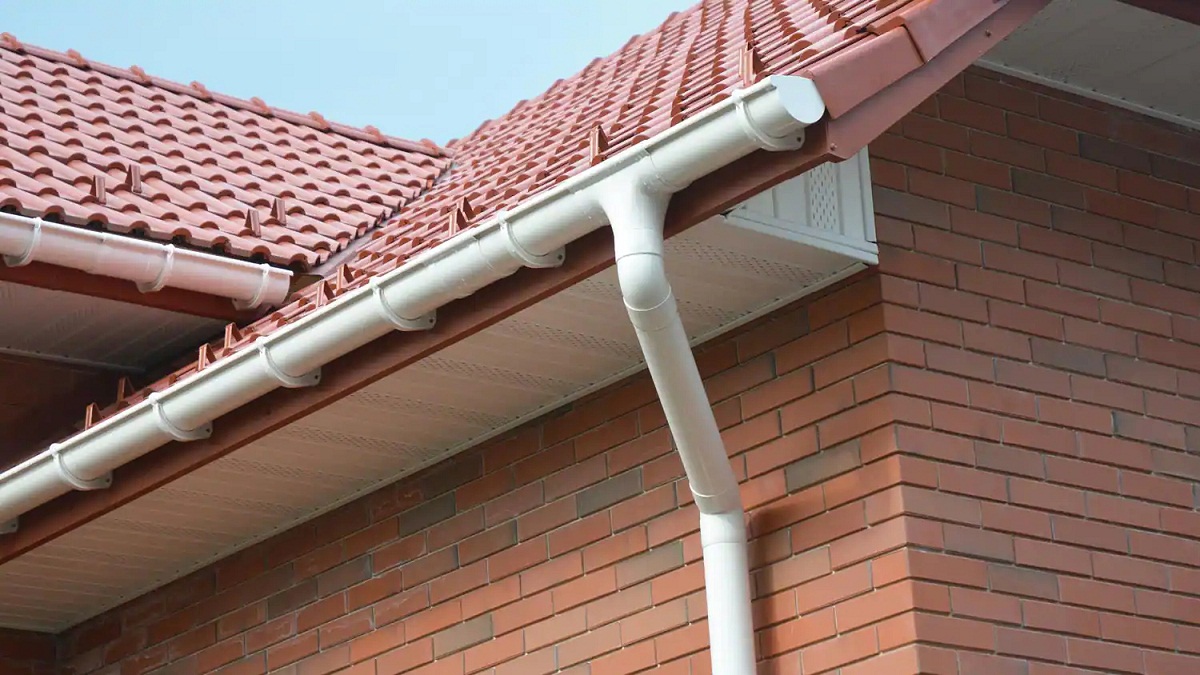
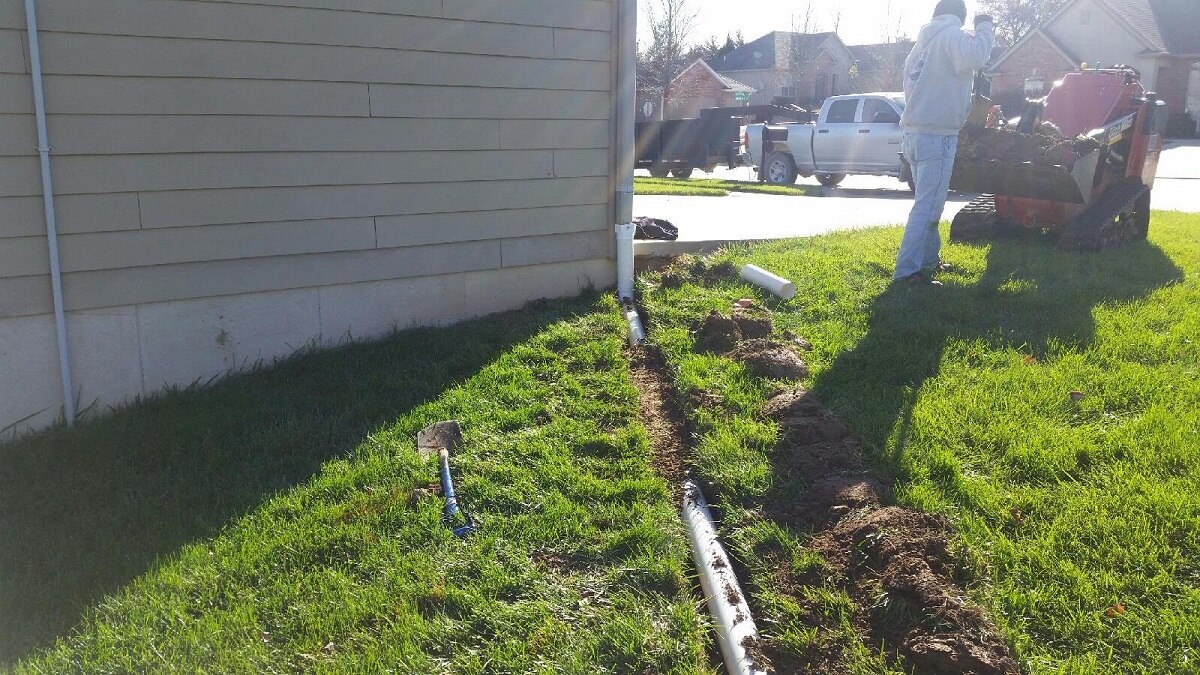



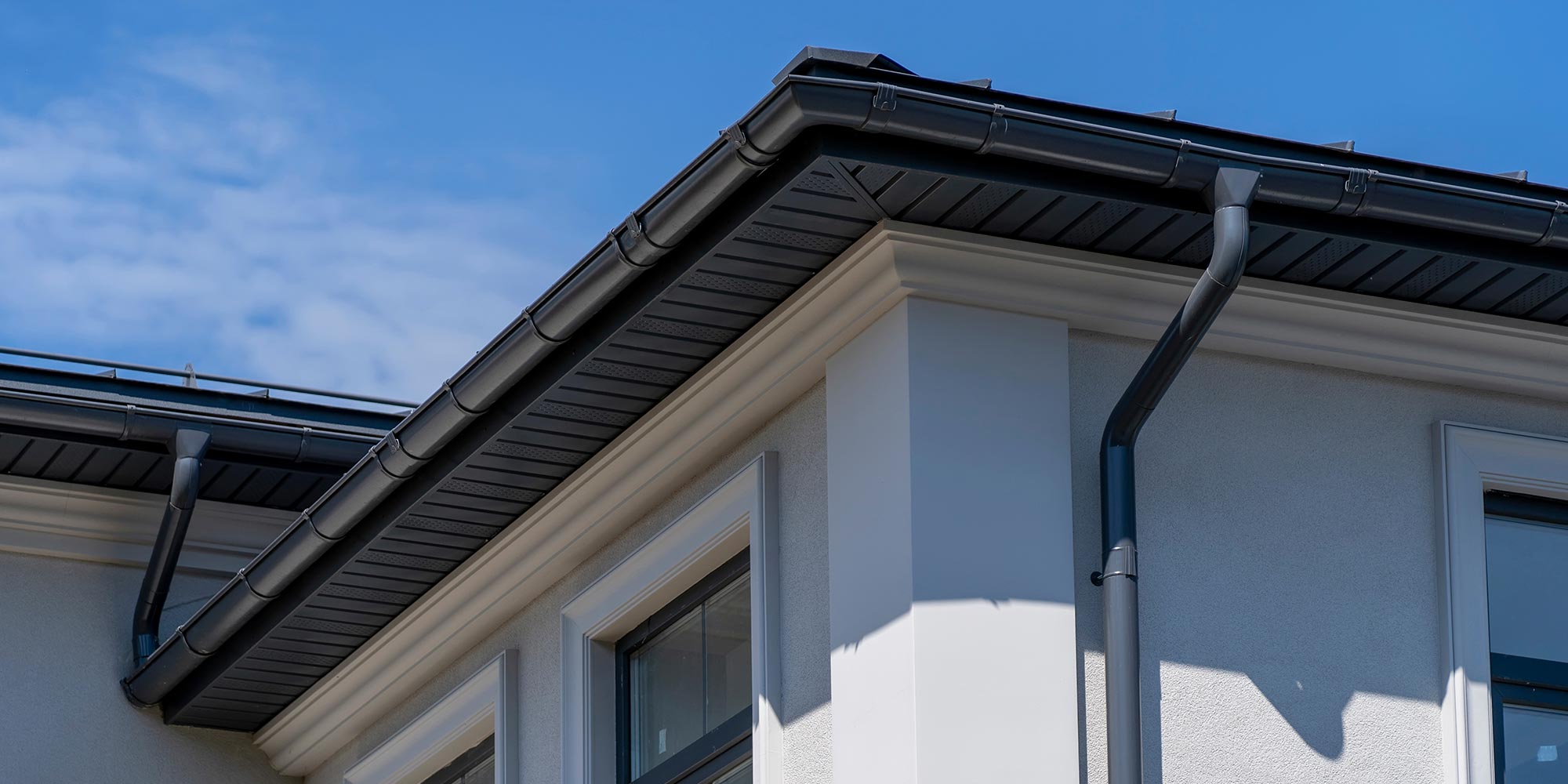
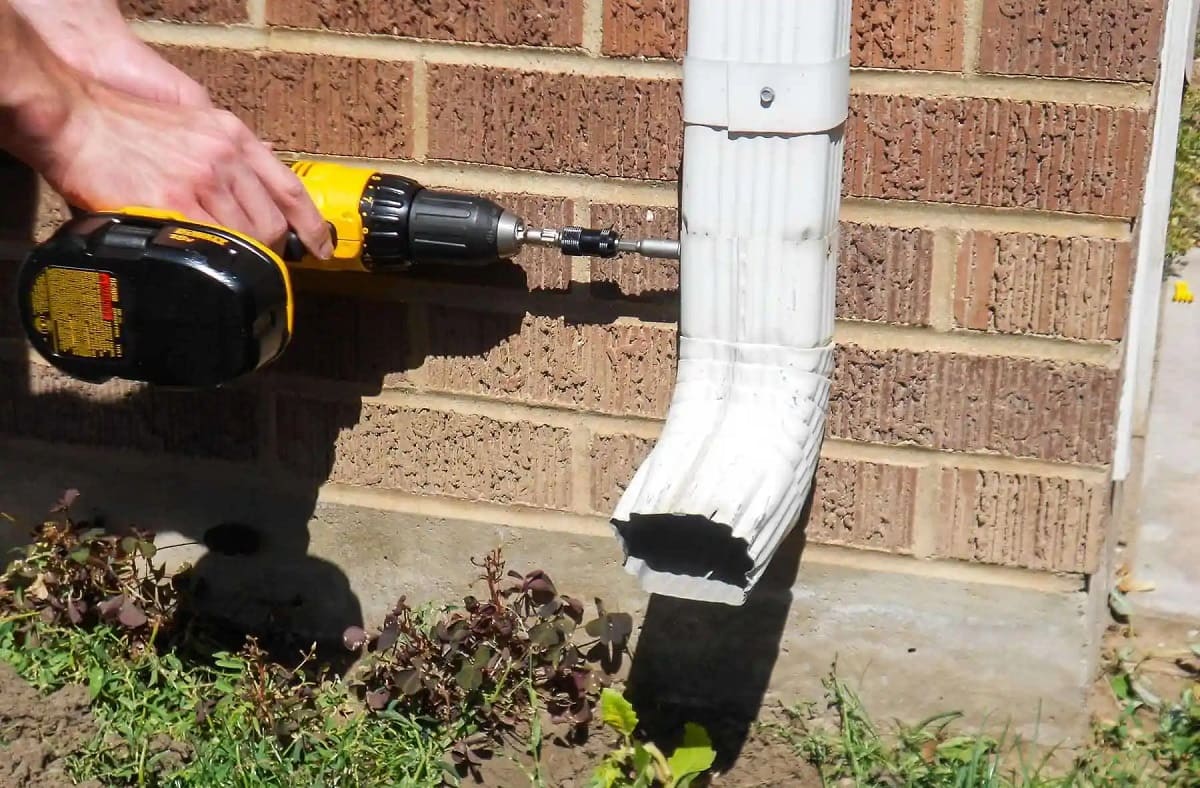
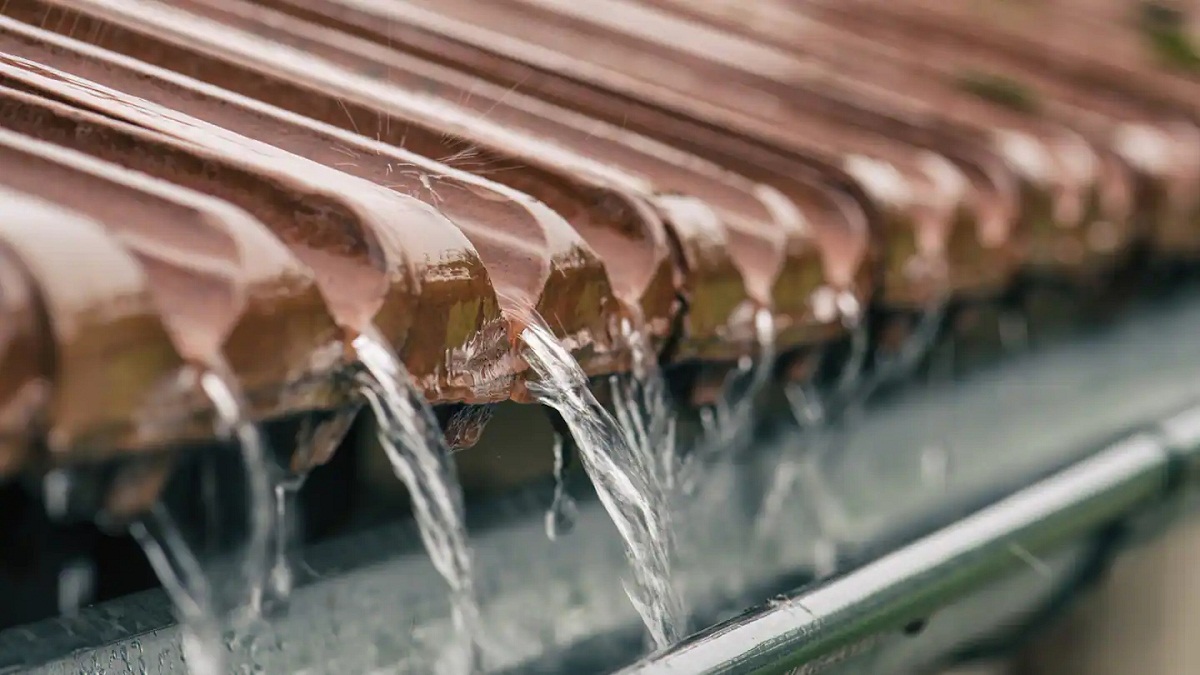
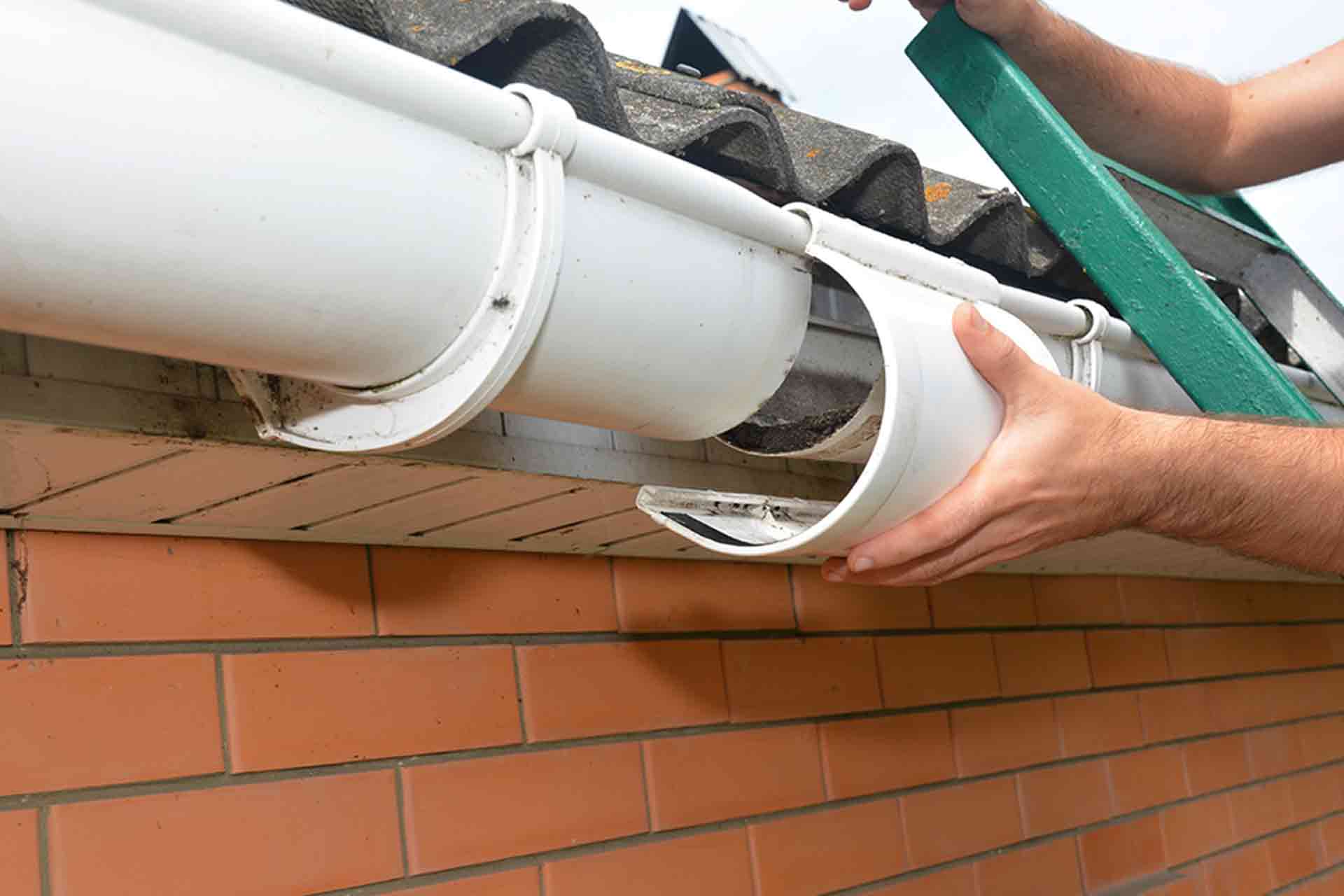
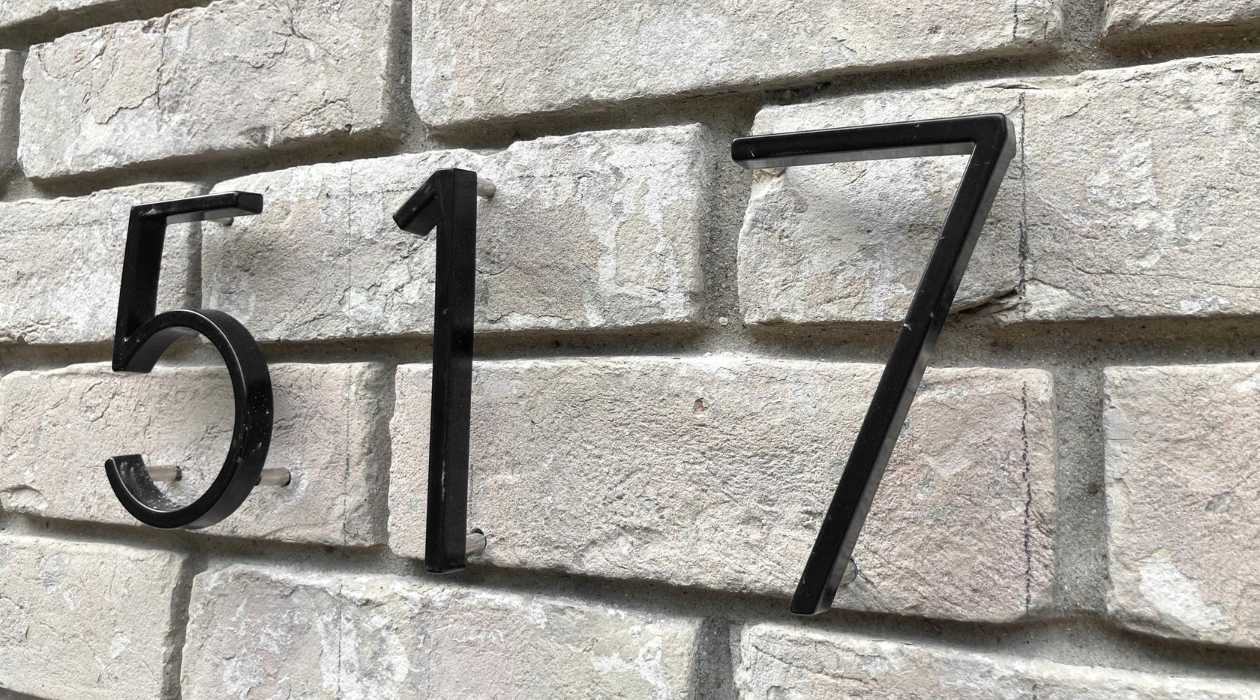
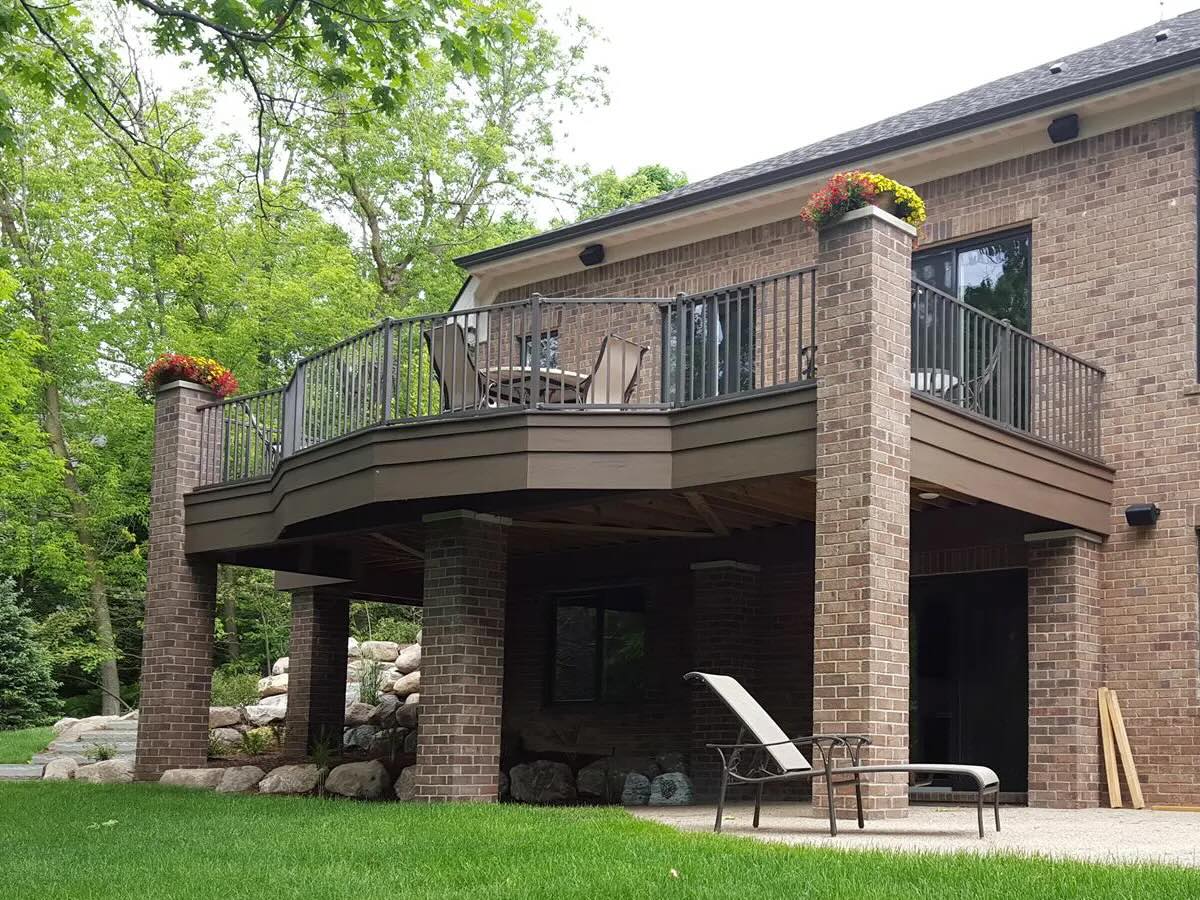
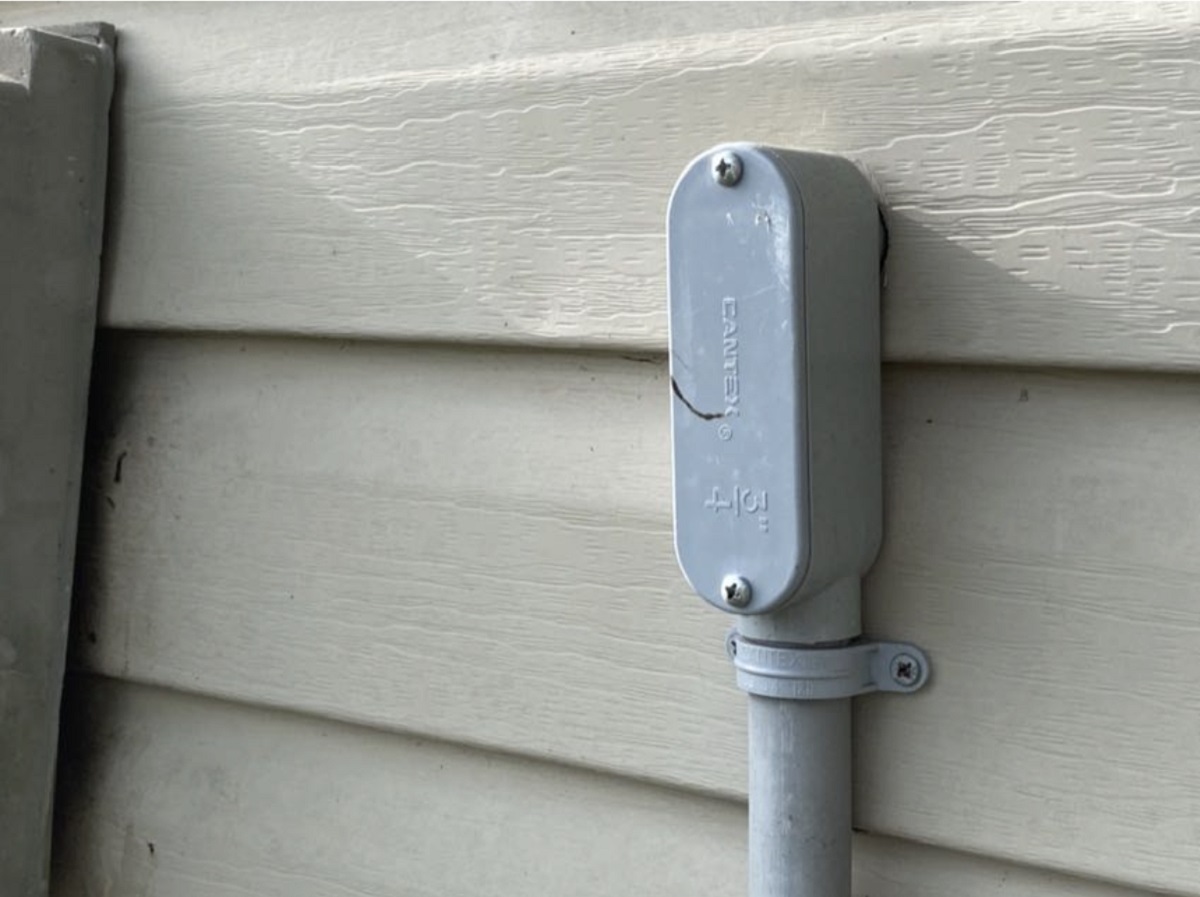

0 thoughts on “How Are Gutters Attached To House”